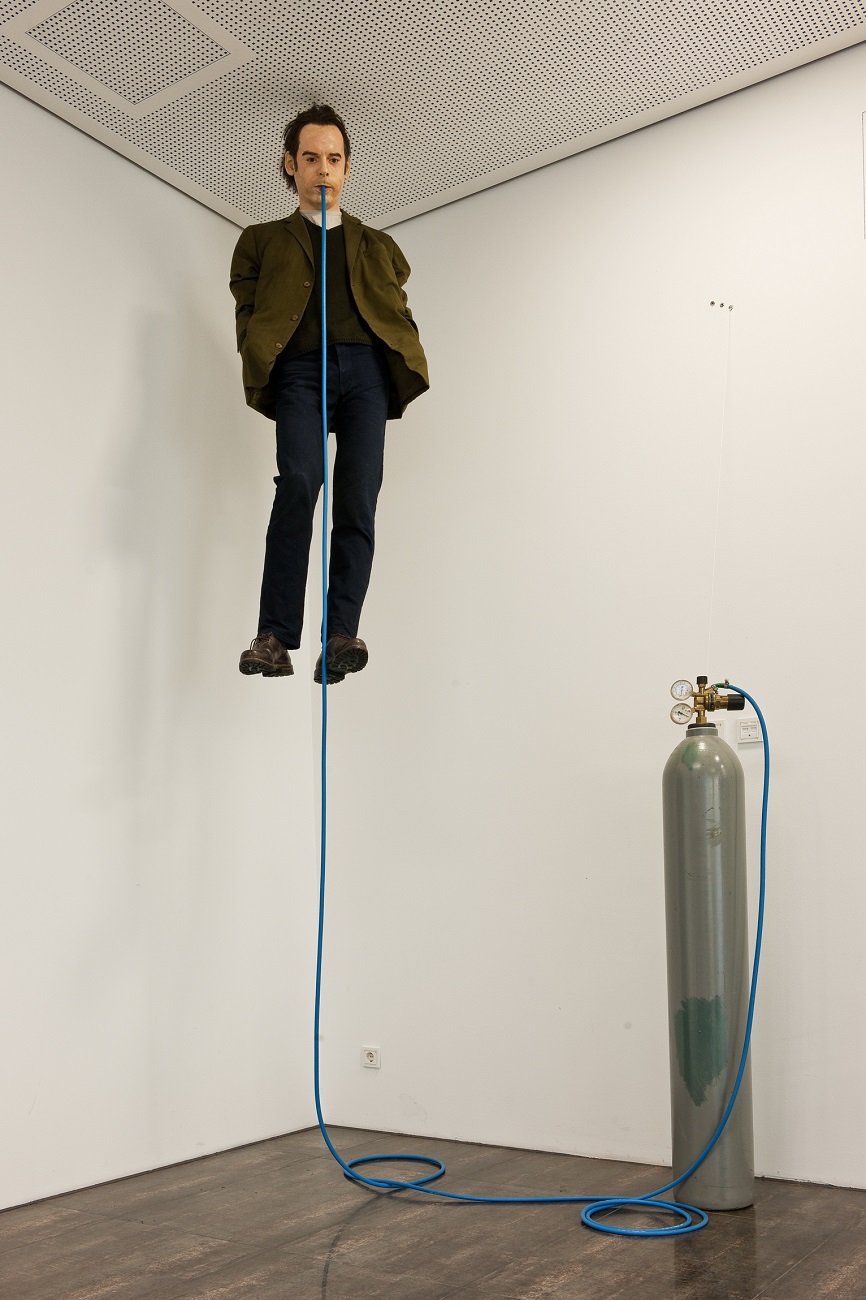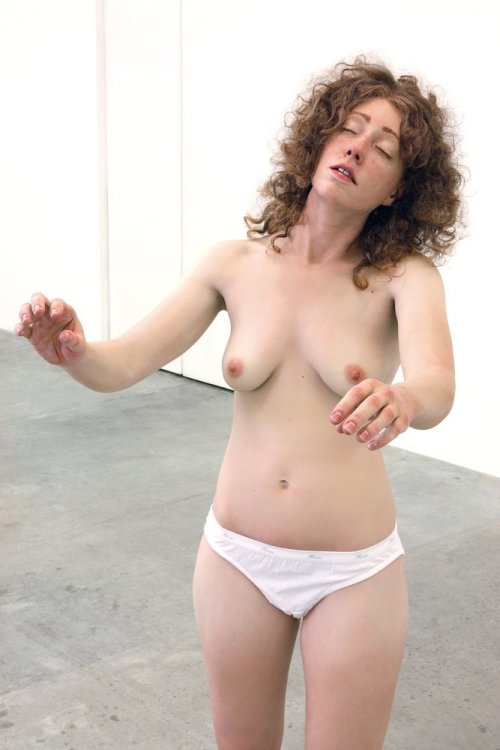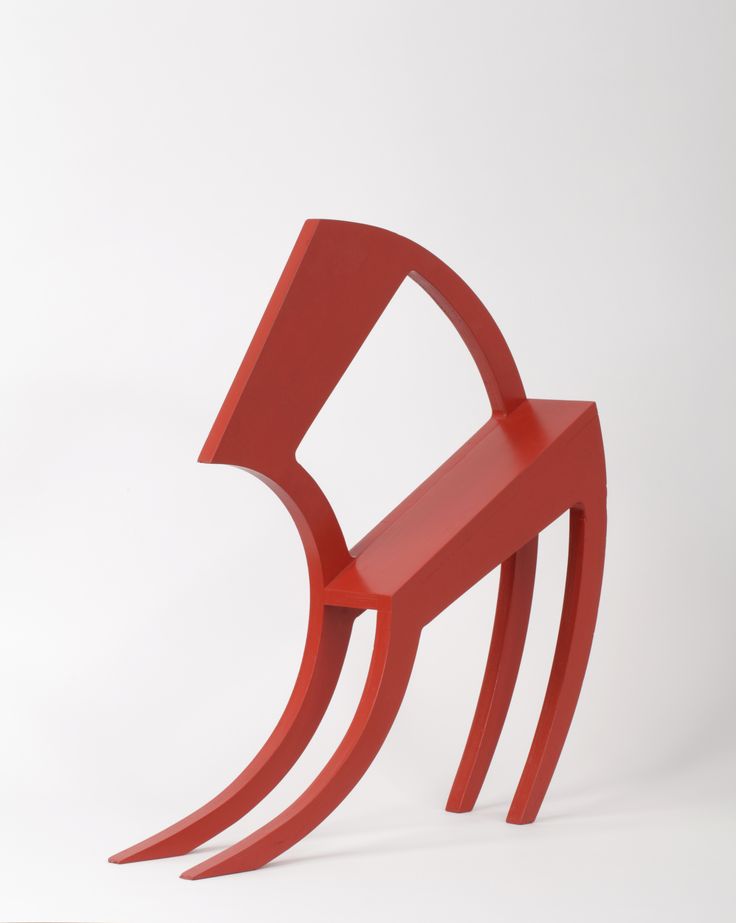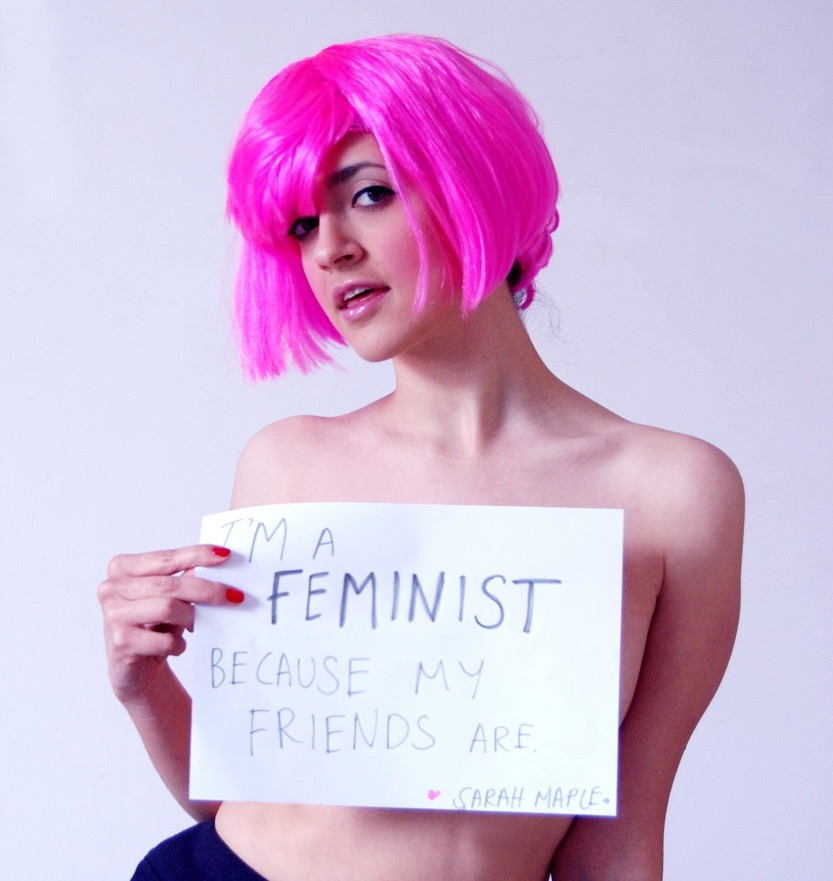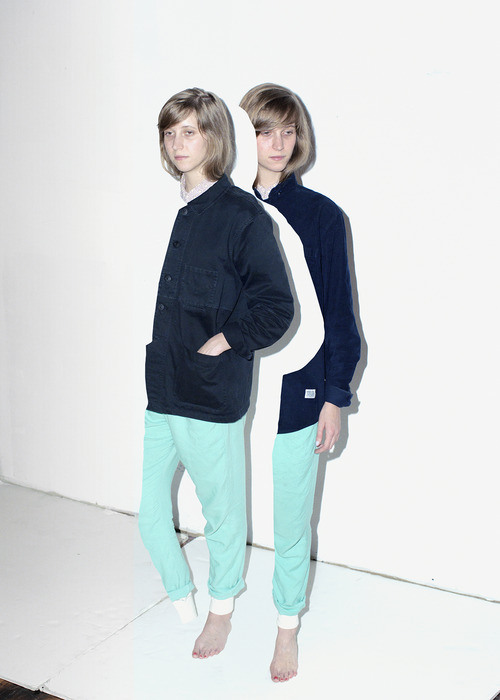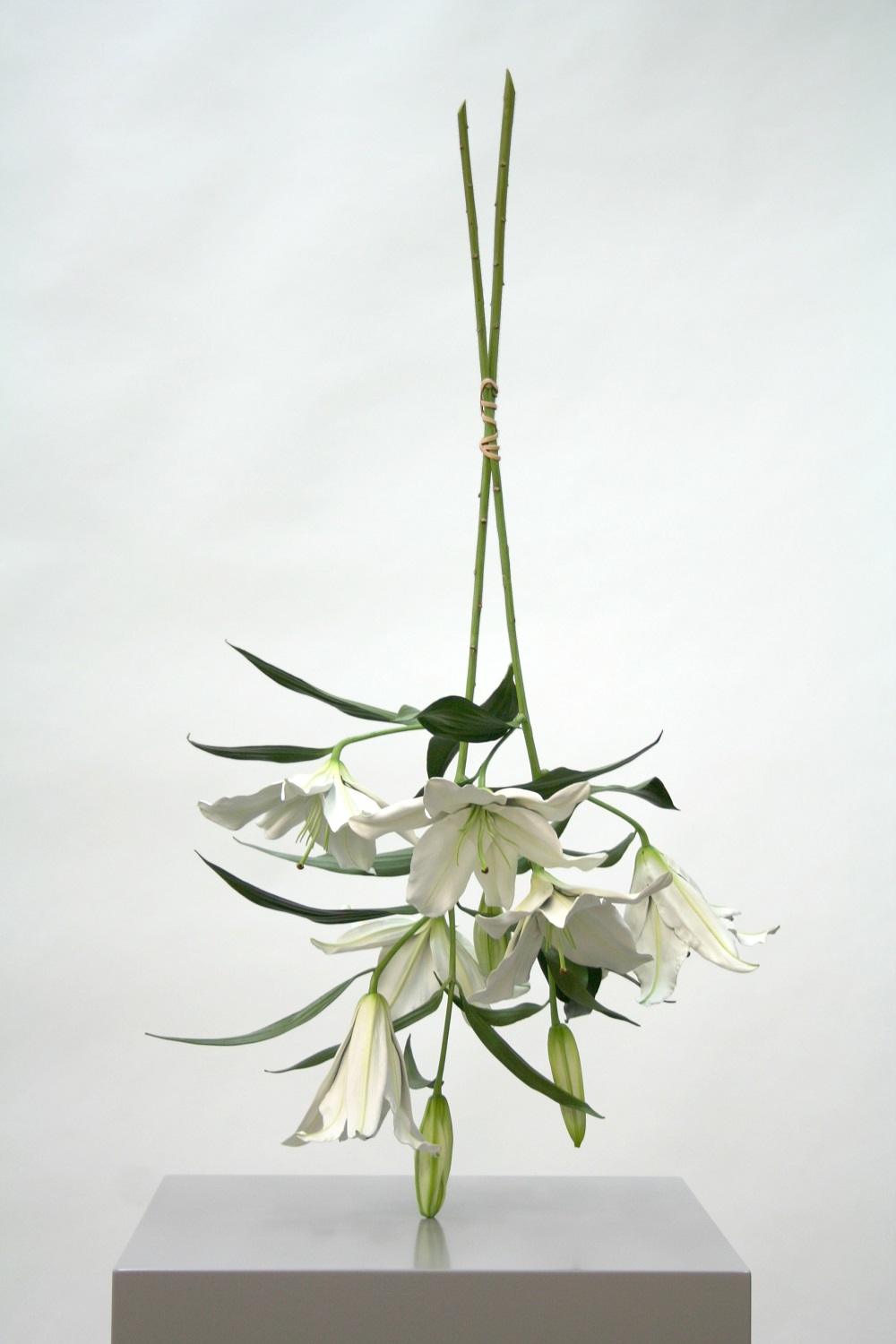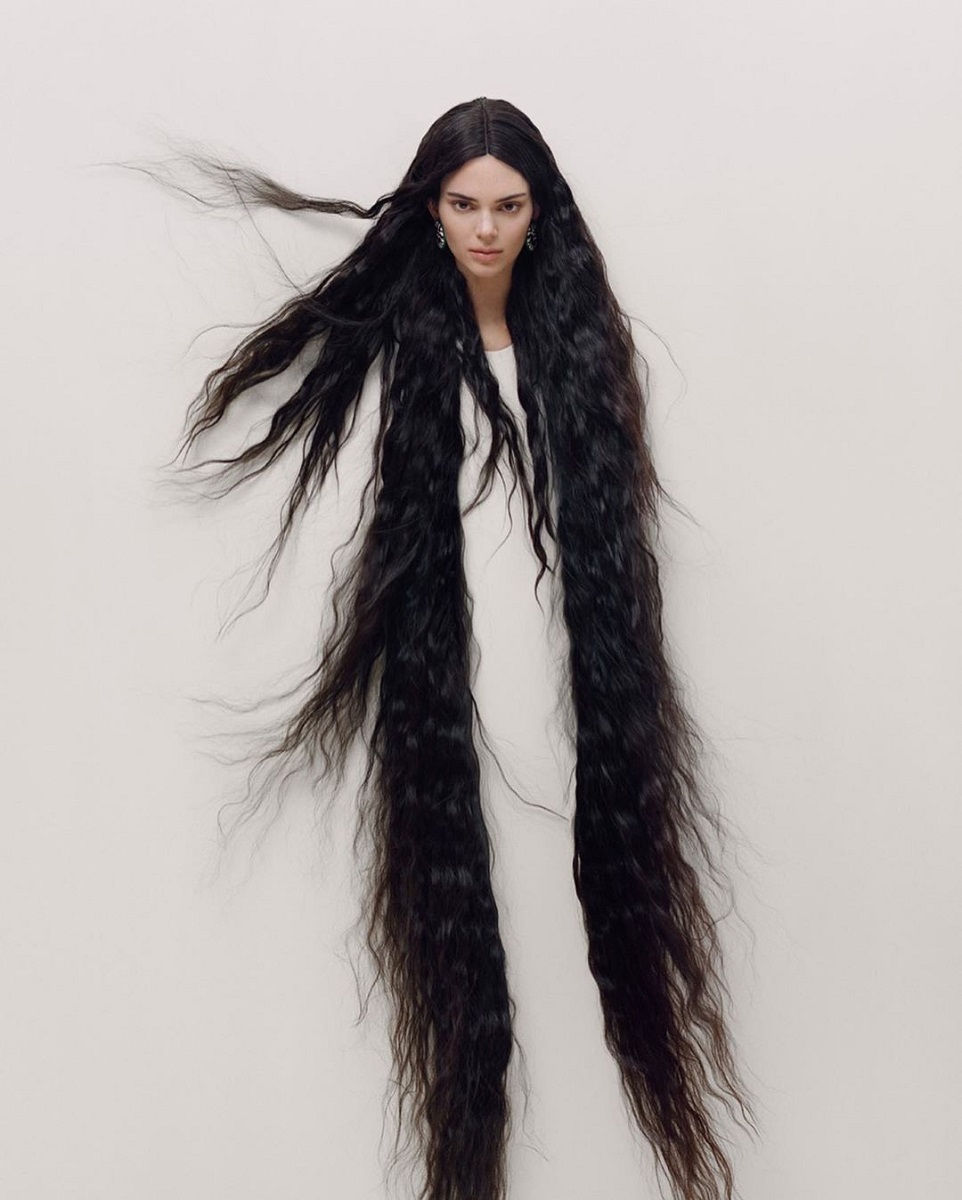Class room chair
Polyfunctionality and deconstruction of everyday objects, irony and humour as weapons and moments of profound insight: these are some of the ideas behind the works by the architect, designer, sculptor and film-maker, Stefan Wewerka (born in 1928, in Magdeburg).
In his works, Wewerka pushes against conventional concepts relating to art and aesthetics, rationalism and functionalism. As a result for instance, the Last Supper is turned into a weird affair, the kitchen space turned into a kitchen tree. Wewerka’s unmistakable trademark is the manipulation of chairs. Sawn, hacked and bent out of shape, these chairs subversively thwart previously unquestioned concepts relating to furniture. In stark contrast to this, however, are his sculptural furniture designs, adapted to suit the requirements of the human body and its habits.
